
Inner Space Turns 11! – Our One Most Important Learning About Mental Health
We turned 11 years old on the 26th of December! This time, we thought of sharing our one most important learning about mental health with

We turned 11 years old on the 26th of December! This time, we thought of sharing our one most important learning about mental health with
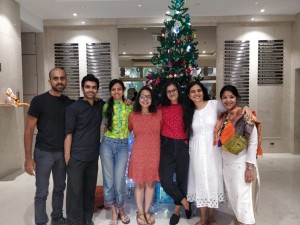
Inner Space Turns 9 today, 26th December. As always, it is deeply satisfying and humbling to be a part of so many lives. We feel
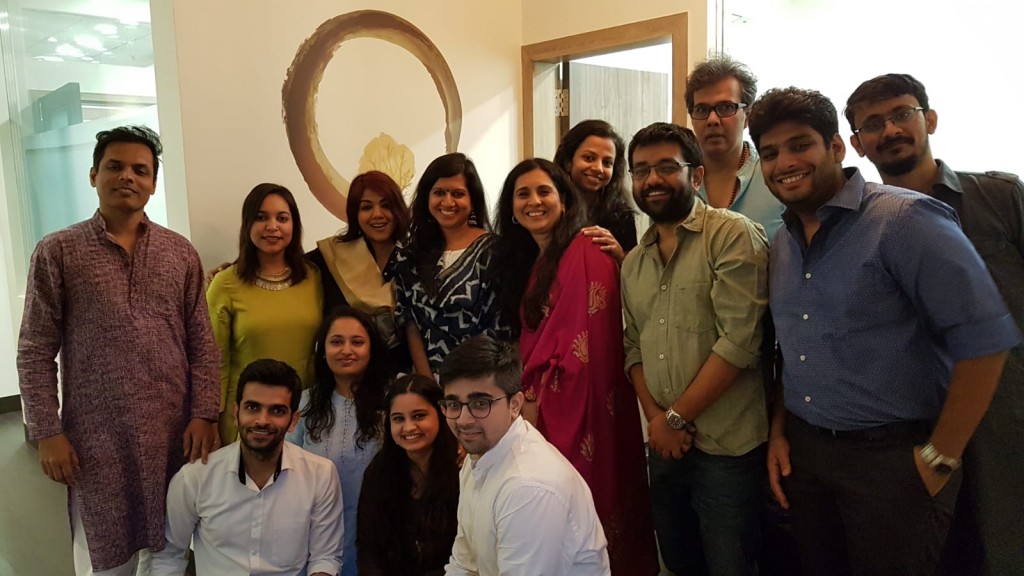
Inner Space Turns 8! We turned 8 on the 26th of December, 2018! As always, we are excited and happy, more so because we have

In the wake of our 5th Birthday and the New Year turning in, we find ourselves reflectively looking back at the work we have done in the year that has gone by. As we do that, we wish to share with you all about the ongoings at Inner Space for 2015. We deeply thank each one of you for being a part of Inner Space and showing your support.

We turned five on 26th December, 2015! It’s the end of a year and the beginning of a new one, setting the stage for deep introspection…Our Chief Psychologist, Sadia Saeed Raval pens down her reflections and insights that the year gone by has offered, leaving us with some thoughts about how we could contribute to world peace!
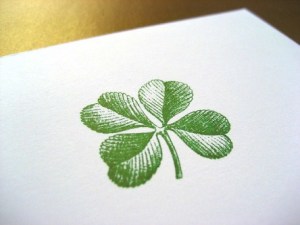
This post is always my favorite post of the year because I ritually sit down with a nice cup of tea and I can indulge myself in reminiscing about all the wonderful people I saw in therapy, about their movement and growth, about all the work we put in as a team, the activities we did and all the articles we wrote thinking of all of you who read this space regularly.
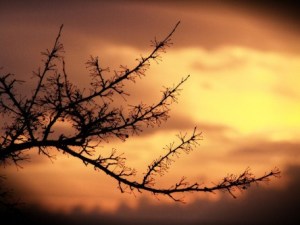
In the end of this series of looking within, I want to talk about an unusual ally that aids you to look within yourself. In fact forces you to do so. –Pain. As I work with people and also with myself, I am more and more convinced that pain is actually a friend. Unless we are pained, helpless, sorrowful, we never really question or look for answers from life.
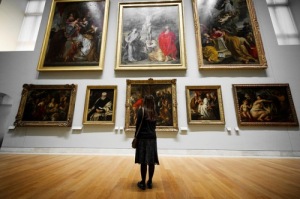
Paintings, especially paintings of people, are not just beautiful pieces of art, they can also be artistic ‘mirrors’. Usually, when you look at a painting, you dwell on the art – the figures, their expressions, the colors, how they blend and change. Have you ever stopped to gaze at a painting, while remaining aware of what it brings up in you? How it makes you feel? What thoughts, memories or emotions come up within you while you look at it?
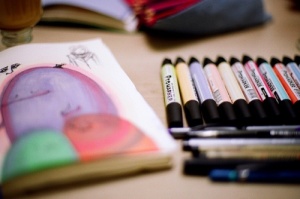
The dictionary definition of doodle is to scribble or make a rough drawing absentmindedly. However, doodling, as opposed to drawing, is an activity where you can fearlessly express, without the pressure of having to meet any external standard. A doodle represents something that has meaning exclusively for you.This mental health week, let’s try and see if we can make sense of this activity more ‘present-mindedly’!
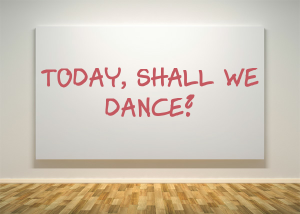
With the busy lives that people lead, everyday routines do not have too much room for spontaneity. In that cramped room of “too many things to do/not enough time”, your natural urge to explore, to try something new or to just have fun hides in a corner, eagerly awaiting its turn. You let your roles and responsibilities limit you and thus, miss out on the rest of you! In this article, read about discovering this seemingly lost idea of “spontaneity”.

We specialize in combining psychotherapy with deep wellness practices like mindfulness and meditation and creating a customized mental health plan for individuals and organisations.
We specialize in combining psychotherapy with deep wellness practices like mindfulness and meditation and creating a customized mental health plan for individuals and organisations.

A young woman from another country moved with her family to live for one year in a town near the monastery. When, in the course of the year she discovered the monastery, she would periodically visit to have discussions with the Abbess. The Abbess introduced her to meditation, which became very meaningful for the young woman.
When the family’s year-long stay was drawing to an end, the young woman asked the Abbess, “In my country there is no Buddhism and no one has even heard about meditation. How can I continue to learn and deepen the practice you have started me on?”
The Abbess said, “When you return home ask far and wide for who, among the wise people, is recognized as having the greatest ability to listen. Ask that person to instruct you in the art of listening. What you learn about listening from such a person will teach you how to further your meditation practice.
― Gil Fronsdal, A Monastery Within: Tales from the Buddhist Path